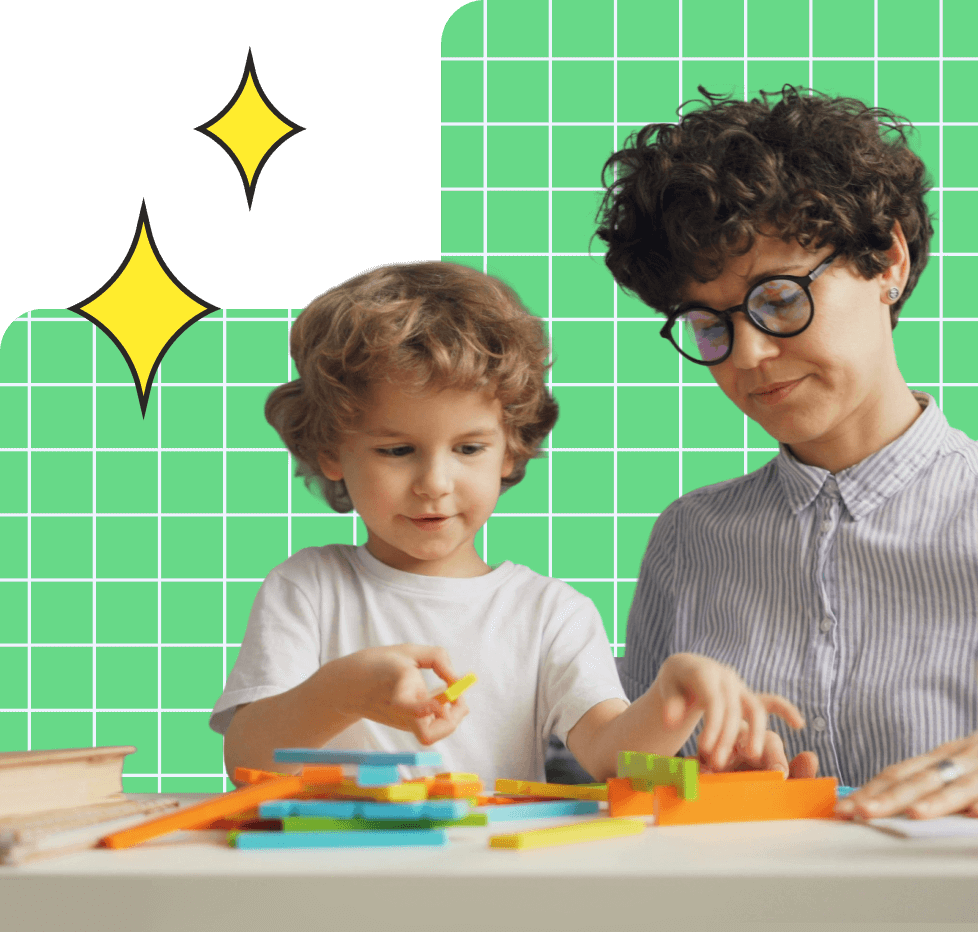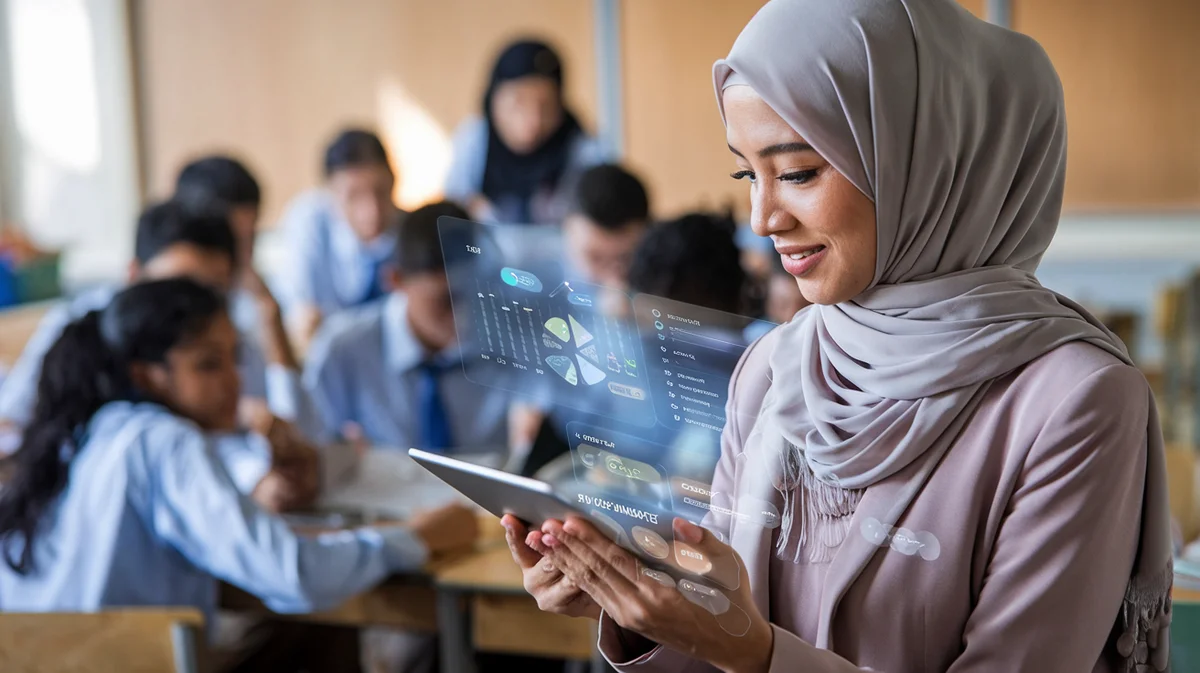When One Student Disrupts the Class: Inclusive Classroom Behavior Problems


wp:paragraph
Disruptive behavior in classrooms is a universal challenge, but its impact is magnified in inclusive settings where every student’s right to learn must be protected. At UNOWA, we are committed to empowering educators and institutions to transform these challenges into opportunities for growth and innovation. Drawing on over 15 years of experience and insights from global educational reform, we explore the realities of inclusive classroom behavior problems and share proven strategies for creating resilient, future-ready learning environments.
/wp:paragraph
wp:heading {"level":2}
The Growing Challenge of Disruptive Behavior
/wp:heading
wp:paragraph
Recent years have seen a marked increase in disruptive classroom behavior worldwide. According to recent studies, over 70% of teachers report more frequent disruptions compared to pre-pandemic years, with 56% of schools identifying student misconduct as a major issue. In early 2023, 70% of educators said students were misbehaving more than in 2019, and 84% of public schools agreed that students’ behavioral development has been negatively impacted since the pandemic.
/wp:paragraph
wp:paragraph
Disruptions range from inattentiveness and disrespect to physical altercations and technology misuse. In 75% of schools, students’ lack of focus has moderately or severely impacted learning and staff morale. Physical fights occur monthly in about 20% of schools, and weapons are confiscated in 45%. Cyberbullying is a weekly occurrence in 30% of schools and daily in 11%.
/wp:paragraph
wp:paragraph
These statistics highlight the urgent need for effective, inclusive approaches to classroom management — especially as we strive to ensure that every student, regardless of ability or background, can thrive.
/wp:paragraph
wp:heading {"level":2}
Understanding Inclusive Classroom Behavior Problems
/wp:heading
wp:paragraph
Inclusive classrooms are designed to accommodate students with diverse needs, including those with special educational needs (SEN). While these environments foster empathy and collaboration, they also present unique challenges:
/wp:paragraph
wp:list
- Diverse Learning Needs: Students may have varying cognitive, emotional, and behavioral profiles, requiring differentiated instruction and support.
- Social-Emotional Gaps: The pandemic has exacerbated issues like anxiety, trauma, and social skill deficits, increasing the likelihood of disruptive behaviors.
- Technology Misuse: The rise of digital devices in learning environments has introduced new forms of distraction and misconduct.
/wp:list
wp:quote
“Nearly three years after most kids returned to in-person classes, new federal data reveals troublesome student behavior – from threatening other students in class and online to lack of attentiveness – continues to make learning recovery challenging.” — Education Week
/wp:quote
wp:heading {"level":2}
The Ripple Effect: When One Student Disrupts the Class
/wp:heading
wp:paragraph
A single student’s disruptive behavior can have far-reaching consequences:
/wp:paragraph
wp:list
- Learning Disruption: Interruptions can derail lessons, reduce instructional time, and hinder academic progress for all students.
- Staff Morale: Persistent disruptions contribute to teacher stress, burnout, and absenteeism. In some districts, over 90% of disrupted learning experiences are due to teacher absences, which correlates with lower student achievement.
- Peer Relationships: Disruptive behavior can strain peer interactions, especially in inclusive settings where collaboration is key.
/wp:list
wp:heading {"level":2}
Proven Strategies for Managing Inclusive Classroom Behavior Problems
/wp:heading
wp:paragraph
At UNOWA, we advocate for a holistic, evidence-based approach to behavior management that empowers educators and supports every learner:
/wp:paragraph
wp:heading {"level":3}
1. Proactive Classroom Management
/wp:heading
wp:paragraph
Establish clear expectations, routines, and consequences from the outset. Consistency is vital, especially in inclusive classrooms where predictability helps all students feel secure.
/wp:paragraph
wp:heading {"level":3}
2. Restorative Practices
/wp:heading
wp:paragraph
Shift from punitive measures to restorative approaches that focus on repairing harm and restoring relationships. This method fosters empathy and accountability, creating a more inclusive and supportive classroom culture.
/wp:paragraph
wp:heading {"level":3}
3. Social-Emotional Learning (SEL)
/wp:heading
wp:paragraph
Integrate SEL into the curriculum to help students develop self-regulation, empathy, and conflict resolution skills. SEL is particularly effective in addressing the root causes of disruptive behavior and promoting positive interactions.
/wp:paragraph
wp:heading {"level":3}
4. Collaborative Problem-Solving
/wp:heading
wp:paragraph
Involve students in identifying challenges and co-creating solutions. This participatory approach increases engagement and fosters a sense of ownership and responsibility.
/wp:paragraph
wp:heading {"level":3}
5. Differentiated Instruction
/wp:heading
wp:paragraph
Tailor teaching methods to accommodate diverse learning styles and needs. Differentiation reduces frustration and disengagement, which are common triggers for disruptive behavior.
/wp:paragraph
wp:heading {"level":3}
6. Ongoing Professional Development
/wp:heading
wp:paragraph
Invest in continuous training for teachers in behavior management, trauma-informed practices, and inclusive education. Educators who feel prepared and supported are more effective in managing complex classroom dynamics.
/wp:paragraph
wp:heading {"level":2}
Policy and Systemic Support: Global Perspectives
/wp:heading
wp:heading {"level":3}
European Union (EU)
/wp:heading
wp:paragraph
The European Agency for Special Needs and Inclusive Education promotes policies that emphasize positive behavior support and individualized approaches. Many EU countries are aligning national standards with these best practices, focusing on teacher training and resource allocation.
/wp:paragraph
wp:heading {"level":3}
MENA Region
/wp:heading
wp:paragraph
Countries in the Middle East and North Africa are increasingly adopting inclusive education frameworks, supported by organizations like UNESCO and UNICEF. However, implementation varies, and ongoing investment in teacher training and classroom resources remains critical.
/wp:paragraph
wp:heading {"level":3}
CIS Countries
/wp:heading
wp:paragraph
Nations in the Commonwealth of Independent States are reforming policies to align with international standards for inclusive education. Emphasis is placed on professional development and systemic reforms to address behavioral challenges at scale.
/wp:paragraph
wp:paragraph
For more on international guidelines, see the European Agency for Special Needs and Inclusive Education and UNESCO’s Inclusive Education resources.
/wp:paragraph
wp:heading {"level":2}
Recent Trends and Insights
/wp:heading
wp:list
- Mental Health and SEL: There is growing recognition of the need for mental health support and SEL in schools to address the root causes of disruptive behavior.
- Teacher Shortages: Teacher absenteeism and shortages exacerbate classroom disruptions, highlighting the need for systemic reforms in staffing and support.
- Data-Driven Interventions: Regular collection and analysis of behavioral data inform targeted interventions and policy adjustments, ensuring that strategies remain effective and responsive.
/wp:list
wp:heading {"level":2}
Experience from the Field
/wp:heading
wp:paragraph
Teachers worldwide report feeling unprepared for the rise in challenging behaviors, underscoring the importance of targeted professional development. Inclusive classrooms, while beneficial for all students, require additional support and resources to manage diverse behavioral needs effectively. Collaboration between teachers, support staff, families, and external agencies is crucial for creating a positive and inclusive learning environment.
/wp:paragraph
wp:heading {"level":2}
Large-Scale Educational Reform: Our Commitment
/wp:heading
wp:paragraph
At UNOWA, we believe that empowering educators to create a brighter future for all students starts with systemic change:
/wp:paragraph
wp:list
- Policy Alignment: We support governments and educational leaders in aligning policies with international best practices for inclusive education and behavior management.
- Resource Allocation: Our solutions prioritize increased funding for mental health services, teacher training, and classroom support staff.
- Data-Driven Decision Making: We leverage analytics to inform targeted interventions and continuous improvement.
/wp:list
wp:paragraph
Explore our comprehensive solutions for inclusive education at UNOWA.
/wp:paragraph
wp:heading {"level":2}
Frequently Asked Questions
/wp:heading
wp:heading {"level":3}
What are the most common inclusive classroom behavior problems?
/wp:heading
wp:paragraph
Common issues include inattentiveness, disrespect, technology misuse, and difficulties with social interaction. These challenges are often intensified in inclusive classrooms due to diverse learning and behavioral needs.
/wp:paragraph
wp:heading {"level":3}
How can teachers manage disruptive behavior in inclusive classrooms?
/wp:heading
wp:paragraph
Effective strategies include proactive classroom management, restorative practices, social-emotional learning, differentiated instruction, and ongoing professional development. Collaboration with support staff and families is also essential.
/wp:paragraph
wp:heading {"level":3}
Are there international guidelines for managing classroom behavior?
/wp:heading
wp:paragraph
Yes. Organizations like the European Agency for Special Needs and Inclusive Education and UNESCO provide frameworks and best practices for inclusive education and behavior management.
/wp:paragraph
wp:heading {"level":3}
How has the pandemic affected classroom behavior?
/wp:heading
wp:paragraph
The pandemic has led to increased behavioral challenges, including higher rates of inattentiveness, anxiety, and social skill deficits. Schools report more frequent disruptions and a greater need for mental health and SEL support.
/wp:paragraph
wp:heading {"level":3}
What role does UNOWA play in addressing these challenges?
/wp:heading
wp:paragraph
We design and deliver complete educational systems — including inclusive education, STEM innovation, curriculum-aligned content, training, and analytics — adaptable to national standards and ready for large-scale impact. Our mission is to transform learning experiences and create a better world through modern education tools.
/wp:paragraph
wp:heading {"level":2}
Further Reading
/wp:heading
wp:list
- UNOWA: Empowering Inclusive Education
- European Agency for Special Needs and Inclusive Education
- UNESCO: Inclusion in Education
- Education Week: Behavior Problems in Schools
- Edutopia: Restorative Practices
/wp:list
wp:paragraph
Let’s work together to transform learning experiences for the better — because every child deserves access to quality education, regardless of their abilities.
/wp:paragraph








